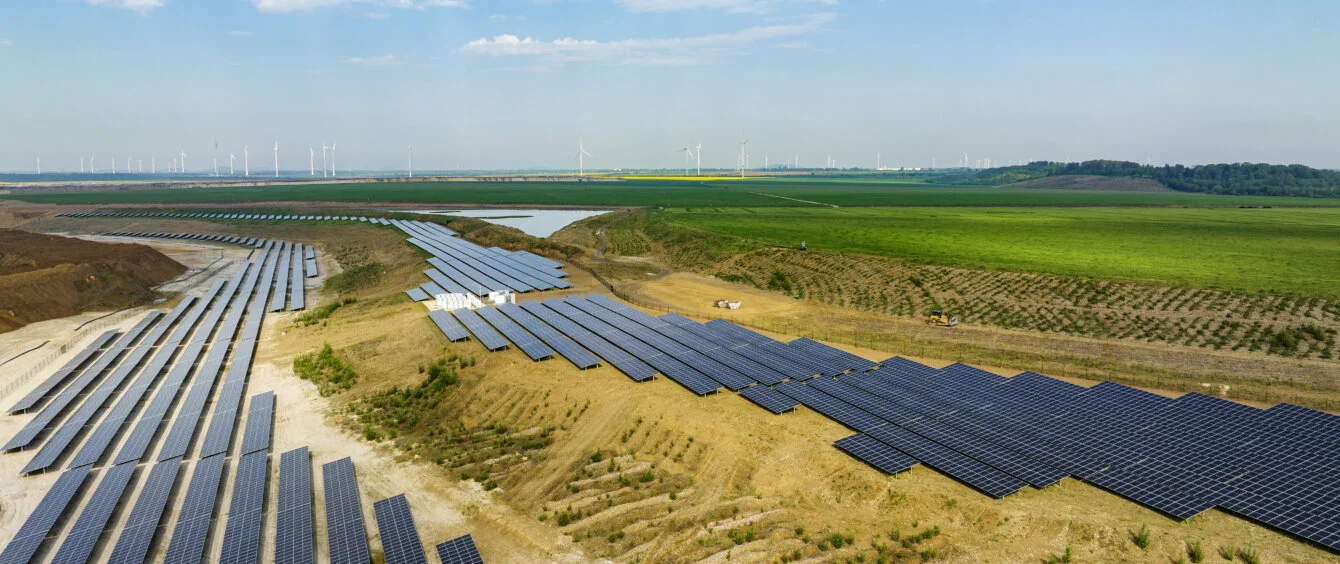Solar expansion passed a major milestone in 2022, with on-grid capacity installed worldwide rising by 239 gigawatts (GW), crossing the one-terawatt threshold. Moreover, experts from Solar Power Europe (SPE) see even brighter prospects for the years ahead. In the latest edition of the annual Global Market Outlook, they forecast growth of up to 402 GW in 2023, with the second terawatt being reached as early as 2025.
Solar energy again proved to be crisis-resistant in 2022
Let’s start from the beginning. Having proven resilient during the pandemic in 2020 and 2021, boasting additions of 19 and 18 percent, solar capacity recorded a gain of 45 percent during the energy crisis in 2022 the biggest jump since 2016. SPE largely traces this back to the green energy source being highly reliable and much cheaper than the fossil alternatives.
Top 10 Solar Markets by installed capacity 2022
in GW, source: Solar Power EuropeAccording to the report, China’s addition of nearly 100 GW made the nation the world’s leading solar market in 2022. Second place was taken by the USA, which registered 21.9 GW in new solar capacity. India followed with 17.4 GW, and Spain was the only European country among the top 5 of the SPE ranking. By contrast, when it comes to per-capita installed capacity, the Netherlands and Germany placed right after the leader Australia, achieving 1.2 kilowatts per capita.
Top 10 Countries by installed solar capacity per capita, 2022
in watts/resident, Source: Solar Power EuropeForecasts show faster solar expansion through 2027
The association’s experts came up with three scenarios for the next few years. The “medium” one shows the most probable development in view of the market’s current situation. Here, the authors assume that installed capacity will grow by 341 GW in 2023 and by over 400 GW in 2024. China, the USA and India will remain the major drivers, each adding more than 20 GW every year. In 2026, Germany might be the only other country to cross the 20 GW threshold.
The ”high” scenario outlines a similar development. Here, too, the experts project global solar capacity doubling every three years. However, they anticipate expansion progressing faster than this, fuelled by favourable market conditions. This would enable annual additions to break the 400-GW barrier as early as 2023 and pass the two-terawatt mark by 2024.
According to SPE, even the most pessimistic scenario, dubbed “low,” envisages 292 GW being installed in 2023, representing a rise of 22 percent. However, the authors predict that a more positive development is much more likely: “We are more confident than ever that the solar sector will remain in the fast lane in the coming years as well,” the market outlook reads. The experts believe that the prerequisite for this is an amenable regulatory framework, i.e. in particular simpler approval procedures and stronger network build-out.
In focus: solar market in southeast Asia
This is already true in the region most prominently featured in this edition of the report. According to the experts, southeast Asia’s solar market recently experienced a boom, not least due to supporting measures taken by policymakers, increased investment, and technological progress. Estimates have solar capacity in this part of the world advancing by twelve percent to nearly 32 GW. What is particularly remarkable is that it more than doubled in 2020 after the Vietnamese government abolished the feed-in tariff system. The entire region is expected to display a high growth rate by no later than 2024.
